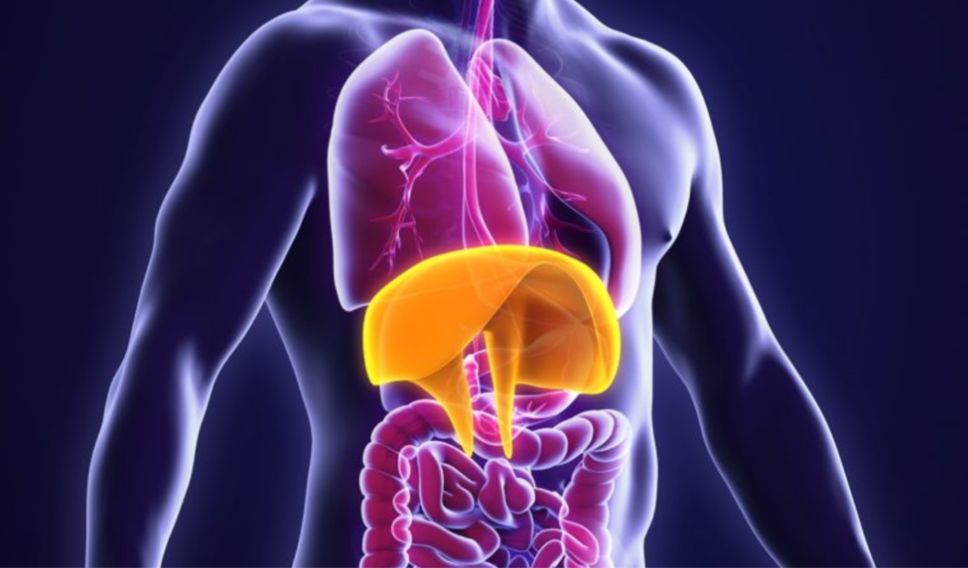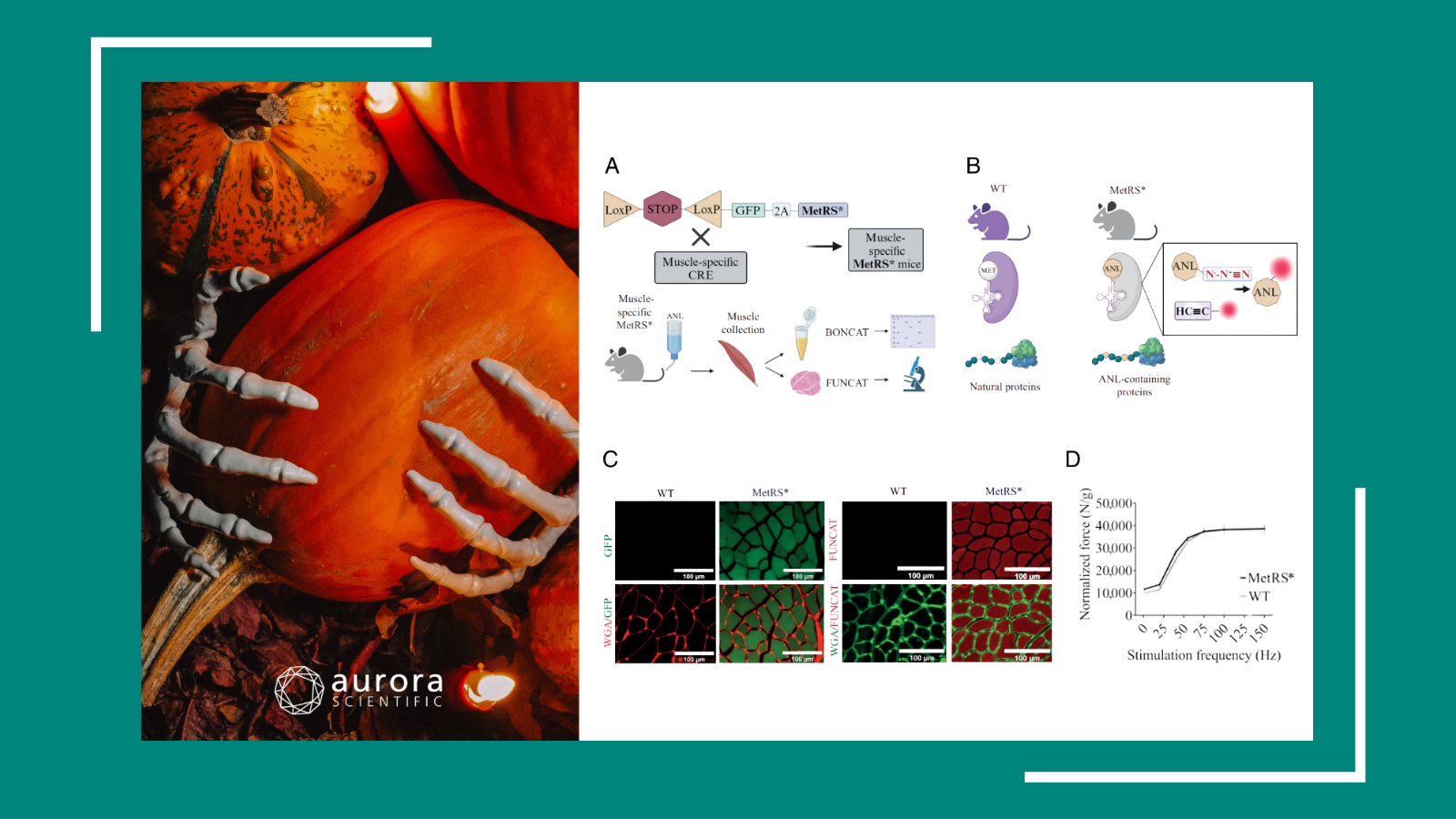Image Source: Human diaphragm Anatomy by Nerthuz. Shutterstock ID: 325725371
Muscle weakness can be caused by a number of factors and disorders. Muscular contractile function declines with age, which can further complicate symptoms in septic and elderly patients. When patients are admitted to the intensive care unit (ICU), a pathophysiology of acquired weakness can develop in which peripheral nerves, limb muscles, and respiratory muscles can exhibit impaired function. One group of muscles that are of specific interest are the respiratory muscles, as increasing weakness due to age and/or sepsis causes breathing complications in patients. These complications can become severe, and can even be fatal. This publication review will explore diaphragmatic contractile function in two different studies using mice.
“One group of muscles that are of specific interest are the respiratory muscles, as increasing weakness due to age and/or sepsis causes breathing complications in patients.”
Muscle weakness in a S. pneumoniae sepsis mouse model
In this study, by E. Witteveen, et al. (2019), mice were infected intranasally with viable S. pneumoniae to induce pneumonia. Antibiotics were given in some treatment groups as well as regular intraperitoneal injections of saline to mimic IV fluids given to patients in the ICU and to help with survivability. Diaphragm muscle strips were excised post-euthanasia and prepared for fiber isolation to assess fiber contractility and myosin-actin ratio measures. Using our permeabilized muscle-fiber apparatus, 403A force transducer, and 315C high-speed length controller, small bundles of diaphragm muscle fibers were mounted and prepared for contractility measurements. This study found that the maximal tension in the infected groups was lower than the control group. This was indicated by a reduced number of available cross bridges in the isolated muscle fibers of infected mice. In severely ill mice, myosin loss was not observed, which suggests that part of the contractile material in these fibers is damaged. This is in line with findings in biopsied diaphragm fibers of critically ill patients in the ICU who are on mechanical ventilators. Weakness of the diaphragm was found ex vivo in these mice, and as weaning from a ventilator is a major issue in human ICU acquired weakness, this model may be used to study inflammation induced diaphragmatic weakness.
Dietary nitrate supplementation increases diaphragm peak power in old mice
In this publication, by R. Kumar, et al. (2020), dietary nitrate supplements were given to aged mice for two weeks. Diaphragm muscle bundles with portions of the rib and central tendon attached were then surgically excised and prepared for contractile function measurements. The rib was tied to a glass rod and the central tendon was attached to our 300C-LR Dual-Mode Muscle Lever System. The muscle bundle was placed between two electrodes in the 800A in-vitro muscle apparatus and length was adjusted to obtain maximal tetanic tension. Using our 701C biphasic high-power stimulator, twitch and maximal isometric tension was measured, as well as isotonic release contractions. Using our DMA high-throughput analysis, shortening velocity for each load was determined at least 10ms after the initial change in length. Aged mice receiving dietary inorganic nitrate showed an increased diaphragm peak power and maximal rate of force compared to aged mice that were not receiving dietary nitrate supplements. Based on these findings, dietary nitrate may increase maximal inspiratory muscle power, which can be tested in human patients and may be a relevant avenue for improving diaphragm muscle function in the elderly.




